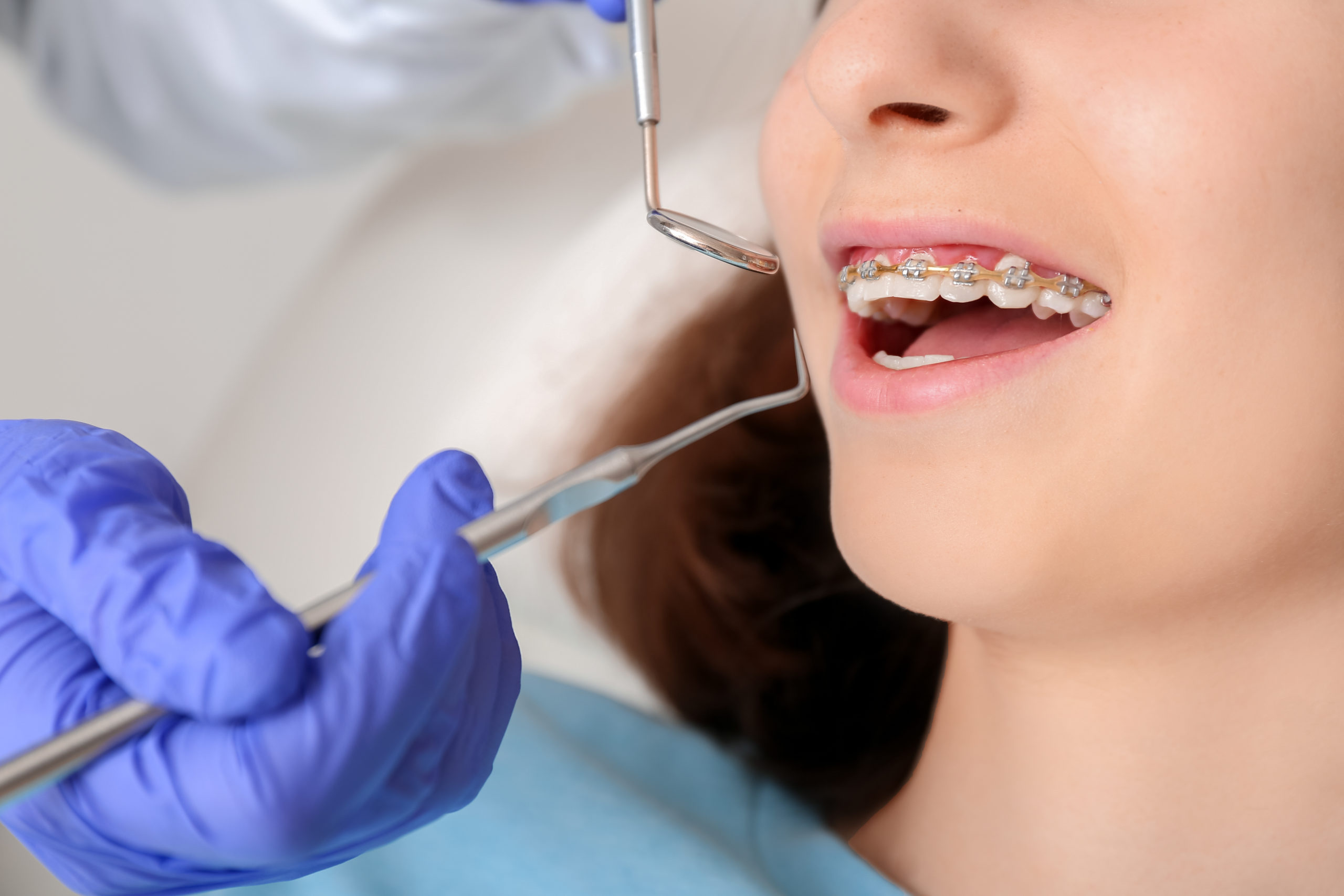Your Overview to Cumming Invisalign: Straightening Teeth with Style and Comfort
Your Overview to Cumming Invisalign: Straightening Teeth with Style and Comfort
Blog Article
Comprehensive Guide to Orthodontics Treatments for Fixing Dental Imbalances
Comprehending the complexities of each treatment, including their devices, benefits, and potential disadvantages, is important in making notified choices about one's orthodontic treatment. As we browse with the extensive overview to orthodontic procedures for remedying oral misalignments, the complex details of each approach will unfold, shedding light on the path towards a unified and useful oral placement.
Orthodontic Procedures Overview

Normal modifications and monitoring are vital parts of orthodontic therapy to make certain progression is on track and to make any kind of required modifications along the method. By going through orthodontic treatments, patients can not only achieve a straighter grin yet also improve their general dental health and wellness and feature.
Conventional Braces: How They Work
When thinking about orthodontic therapies for oral misalignments, conventional braces stand out as a time-tested method for fixing teeth placing. Conventional dental braces consist of braces, cords, and bands that work together to use constant stress on the teeth, gradually relocating them into the desired placement.
One trick facet of exactly how standard dental braces work is the procedure of bone renovation. As pressure is applied to the teeth with the braces, the bone surrounding the teeth is reshaped to sustain the new tooth settings. This remodeling is important for the long-lasting stability of the dealt with alignment. People will need routine modifications at the orthodontist's workplace to guarantee the dental braces continue to use the correct pressure for reliable teeth motion.
Unnoticeable Aligners: Disadvantages and pros
These clear, tailor-made trays are basically unnoticeable when used, making them an attractive alternative for people seeking a more visually pleasing orthodontic treatment. Individuals can get rid of the aligners before consuming or cleaning their teeth, minimizing the risk of food getting stuck in the device and streamlining the cleansing process.

Surgical Orthodontic Options
Surgical interventions in orthodontics present sensible options for addressing complicated dental misalignments that may not be effectively settled via traditional orthodontic treatments. While unnoticeable aligners and traditional braces can deal with several orthodontic concerns, specific instances require medical intervention to achieve ideal results. Surgical orthodontic alternatives are typically advised for severe malocclusions, substantial jaw disparities, and situations where the underlying bone framework needs alteration to achieve appropriate alignment.
One typical medical orthodontic treatment is orthognathic surgical treatment, which includes rearranging the jaws to fix functional issues such as trouble talking or eating. This surgical procedure is often done in cooperation with an orthodontist that aids straighten the teeth before and after the treatment. Get the facts Surgical orthodontics may likewise include procedures to expose impacted teeth, get rid of excess periodontal cells, or reshape the jawbone to develop an extra harmonious facial account.
Before thinking about surgical orthodontic choices, dental referrals patients go through a thorough assessment to identify the necessity and prospective benefits of such interventions. cumming orthodontics. While surgical procedure might seem challenging, it can substantially boost both the function and appearances of the smile in instances where conventional orthodontic therapies fall short
Retainers and Post-Treatment Care

Post-treatment care includes following the orthodontist's guidelines carefully. This may include appropriate dental health practices, going to follow-up visits, and putting on the retainers as suggested. Failure to abide by post-treatment care instructions can cause regression, where the teeth slowly move back towards their initial placements. Regular retainer wear, good oral hygiene, and regular oral exams are necessary for preserving the outcomes attained through orthodontic surgical treatment and guaranteeing the long-lasting security of the remedied dental positioning.
Verdict
In verdict, orthodontic treatments use various choices for dealing with oral misalignments. Typical dental braces use steel brackets and wires to shift teeth right into appropriate placement. Unseen aligners provide a more discreet option yet may not appropriate for all cases. Surgical orthodontic options are available for extra serious imbalances. Retainers are typically utilized post-treatment to keep the brand-new positioning. Overall, orthodontic procedures can efficiently enhance oral health and visual look.
As we browse via the detailed overview to orthodontic treatments for fixing dental misalignments, the complex details of each method will unfold, losing light on the course towards a unified and useful oral placement. - cumming aligners
One of the most typical orthodontic treatments Get More Info is the use of dental braces, which are composed of steel brackets and wires that apply gentle pressure to progressively shift teeth right into the preferred placement.When considering orthodontic treatments for dental imbalances, traditional braces stand out as a tried and true method for dealing with teeth placing. In addition, undetectable aligners may not be appropriate for complicated orthodontic concerns that require more substantial teeth movement, as they are typically recommended for light to moderate instances. Retainers are tailor-made orthodontic tools designed to hold teeth in their remedied settings after the completion of orthodontic treatment.
Report this page